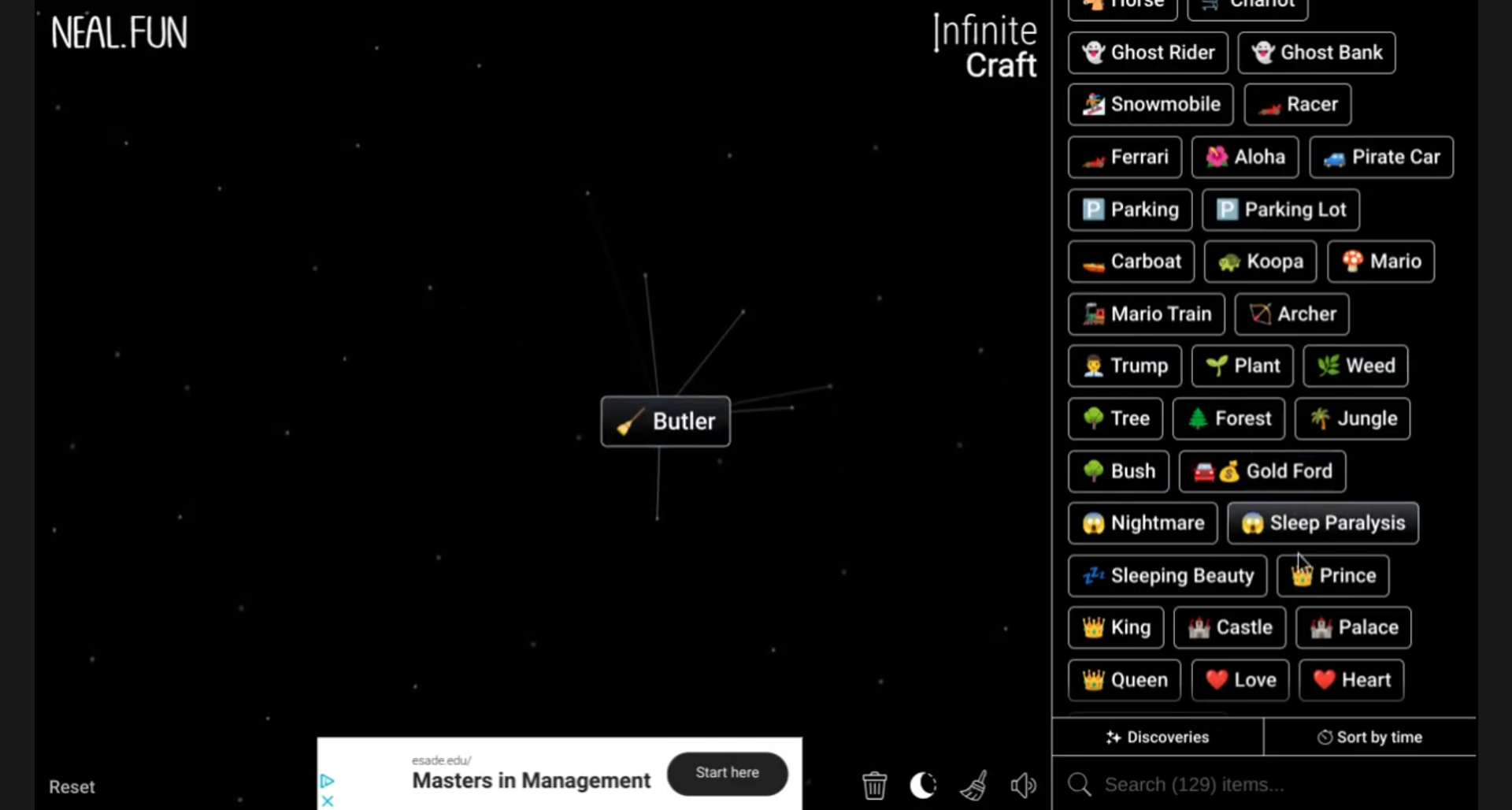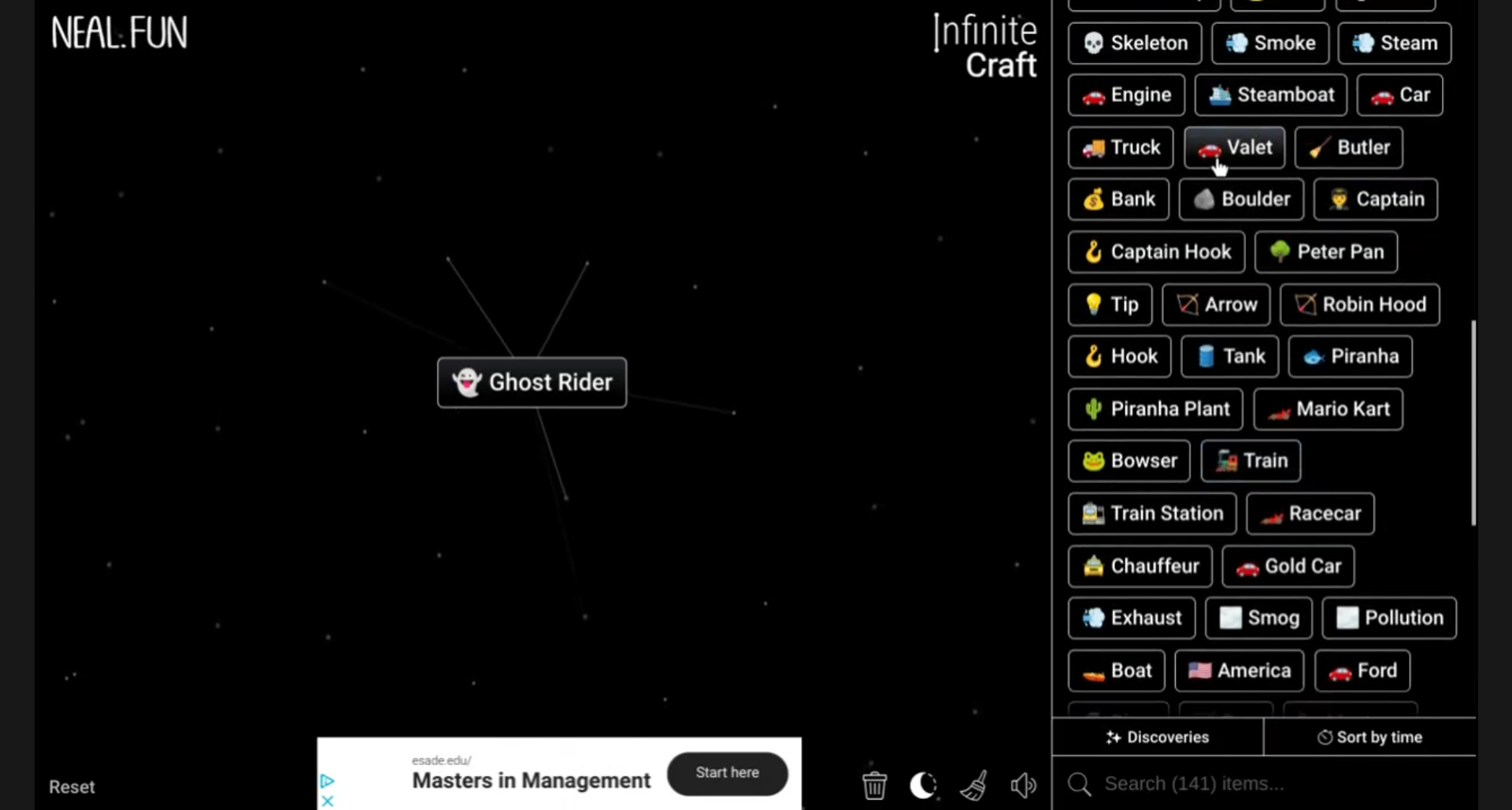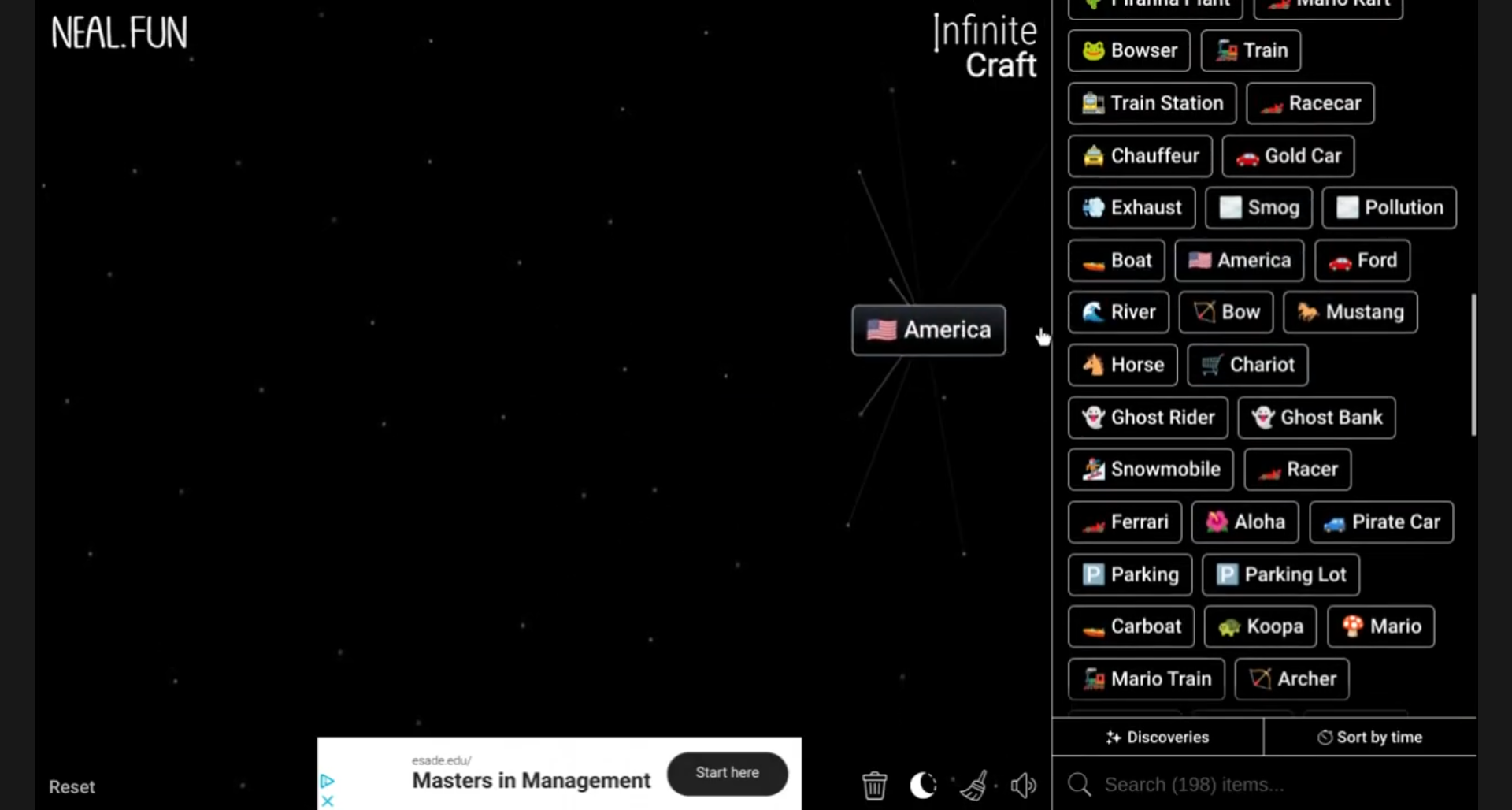In the expansive realm of Infinite Craft, players have the opportunity to unleash their imagination by constructing detailed replicas of planets and celestial bodies. Among these awe-inspiring creations is Jupiter, the largest planet in our solar system, known for its striking appearance and intense storms. As you learn how to make Jupiter in Infinite Craft, you’ll not only enhance your gameplay but also gain the satisfaction of crafting a magnificent interpreted version of this gaseous giant.
Understanding Jupiter
Key Characteristics of Jupiter
Before diving into the construction, it’s essential to understand Jupiter’s unique features:
- Size and Scale: Jupiter is more massive than all the other planets in the solar system combined. In your game, consider a size that reflects Jupiter’s grandeur compared to smaller celestial bodies.
- Color and Appearance: Jupiter’s typical color palette includes shades of orange, brown, and white. Incorporating these colors will give your model an authentic look.
- Atmosphere and Storms: The planet is renowned for its storms, with the Great Red Spot being the most famous. Capture these features for a more realistic representation.
- Moons: Jupiter has over 79 known moons, with four notable ones: Io, Europa, Ganymede, and Callisto. Including these will add depth to your creation.
Preparing to Create Jupiter
Gathering Resources
To embark on your journey of how to make Jupiter in Infinite Craft, you’ll need to gather essential materials:
- Blocks and Materials Needed: Collect blocks in the colors that represent Jupiter, such as colored wool or concrete. You might also want different shades for atmosphere effects.
- Tools Required: Equip yourself with shovels, pickaxes, and other crafting tools to maximize your building efficiency.
- Inventory Management: Ensure your inventory is organized and stocked to prevent interruptions while building your planetary masterpiece.
Selecting the Right Location
Finding an ideal building spot is critical for a smooth construction process:
- Criteria for the Ideal Building Location: Look for flat terrain for easier construction. This will allow you to focus on your design without the hassle of uneven land.
- Space Considerations: Ensure there is ample space around your chosen site. This will not only offer visibility but also provide room for building Jupiter’s four major moons.
Designing the Structure of Jupiter
Base Layer Construction
Start with the foundational layout of your Jupiter:
- Choosing the Foundation Size: A good recommendation is to aim for a diameter of around 30-40 blocks, depending on your game world scale.
- Laying Out the Foundation: Use tools like chalk or dirt blocks to sketch out the circular foundation. Ensure that your layout is symmetrical to achieve Jupiter’s round appearance.

Building the Planet’s Shape
Developing the spherical shape of Jupiter requires precision:
- Techniques for Creating a Spherical Appearance: Consult Minecraft circle tutorials for guidance on building a perfect circle.
- Layering Materials: Use different colored blocks to create distinct atmospheric bands that mimic Jupiter’s stunning visual characteristics.
Adding Details to Jupiter
Atmosphere Enhancement
To enhance your Jupiter’s appearance, focus on creating an accurate atmosphere:

- Creating Clouds: Use lighter blocks to represent gas clouds swirling around the planet.
- Simulating Storms: Try placing trapdoors or banners to recreate storm-like features reminiscent of the Great Red Spot and other atmospheric disturbances.
Incorporating Moons
Moons are an essential part of Jupiter’s characteristics, and your version should not lack them:
- Placement of Jupiter’s Moons: Position the moons at a realistic distance from the planet. Scale is crucial in maintaining accuracy.
- Building the Moons: Each moon should be uniquely crafted to emphasize its properties. For instance, Io could have a volcanic theme, whereas Europa might feature an icy surface.
Final Touches and Customization
Lighting and Effects
Set the mood of your planetary creation with effective lighting:
- Creating an Ambiance: Incorporate glowstone or lamps to bring your Jupiter to life, especially at night.
- Nighttime Display: Employ shaders or dark blocks for that extra flair when showcasing your creation in-game.

Personal Flair
Add unique elements to make your Jupiter stand out:
- Customizing the Interior: Create themed areas, engravings, or signage to enhance the experience of viewing your creation.
- Adding Futuristic Elements: Insert technology or alien structures around or within your planet to create a narrative or environmental story.
Showcase and Share
Showcasing Your Creation
Once your Jupiter is complete, it’s time to showcase your work:
- Steps to Take Screenshots or Stream: Use in-game commands or external utilities to capture stunning screenshots of your Jupiter.
- Tips for In-Game Viewing and Presentation: Use various angles and perspectives for the best presentation during your showcases.
Sharing with the Community
Getting feedback from fellow players can enhance your next builds:
- Ways to Share Your Creation: Utilize social media platforms, gaming forums, or crafting communities like Minecraft Forums to share your impressive Jupiter.
- Importance of Feedback and Collaboration: Engaging with the community opens opportunities for collaborative projects and helps improve your skills.
| Key Characteristics | Details |
|---|---|
| Size | Largest planet, 300 times Earth |
| Color | Orange, brown, and white clouds |
| Moons | Io, Europa, Ganymede, Callisto |
| Storms | Great Red Spot, other atmospheric features |
FAQ
1. What materials do I need to build Jupiter?
You will need colored wool, concrete, and other blocks that represent Jupiter’s colors, along with tools like shovels and pickaxes.
2. How large should my Jupiter creation be?
A diameter of 30-40 blocks is recommended for a visually impressive size.
3. How can I make a realistic atmosphere?
Use lighter colored blocks to create clouds and simulate storms using trapdoors or banners.
4. How do I create Jupiter’s moons?
Design each moon with unique features and place them at realistic distances from your Jupiter model.
5. Where can I showcase my Jupiter creation?
Share your project on social media platforms, Minecraft forums, or community websites.
6. Can I collaborate with others on building projects?
Absolutely! Engage with the community for collaborative opportunities and feedback on your creations.
7. Is there a way to improve lighting effects for nighttime displays?
Incorporating glowstone or utilizing shaders can enhance your planet’s appearance during nighttime in the game.
8. How do I keep my inventory organized while building?
Sort your blocks and tools into separate slots for easy access and ensure you have enough materials before starting your project.
9. Are there any resources for circle drawing in Minecraft?
Yes, many tutorials are available online for perfect circle construction in Minecraft, which will assist you in building Jupiter’s base.
10. What are the benefits of sharing my creation with the community?
Sharing allows you to receive constructive criticism, gain ideas for future projects, and connect with like-minded players.